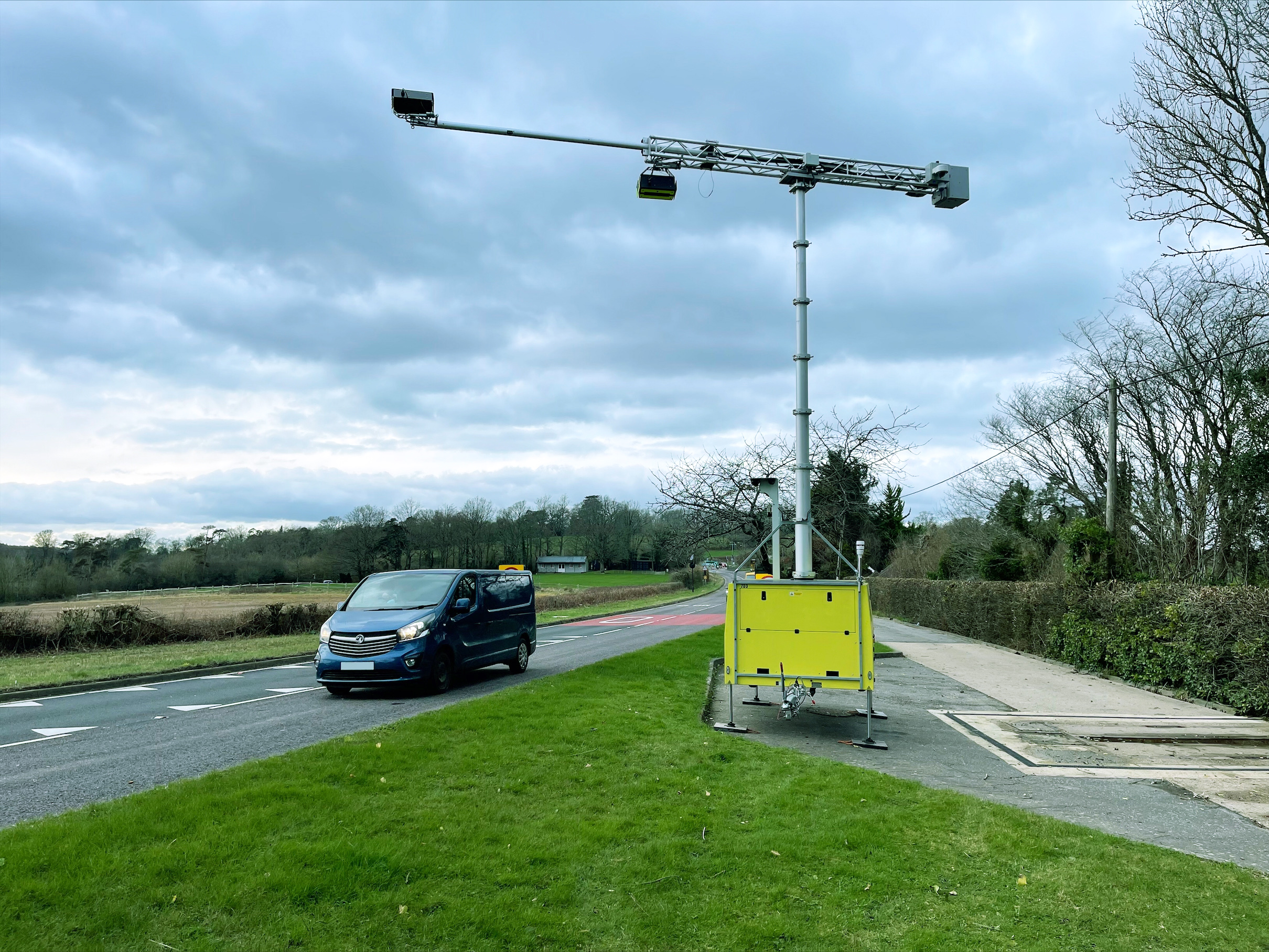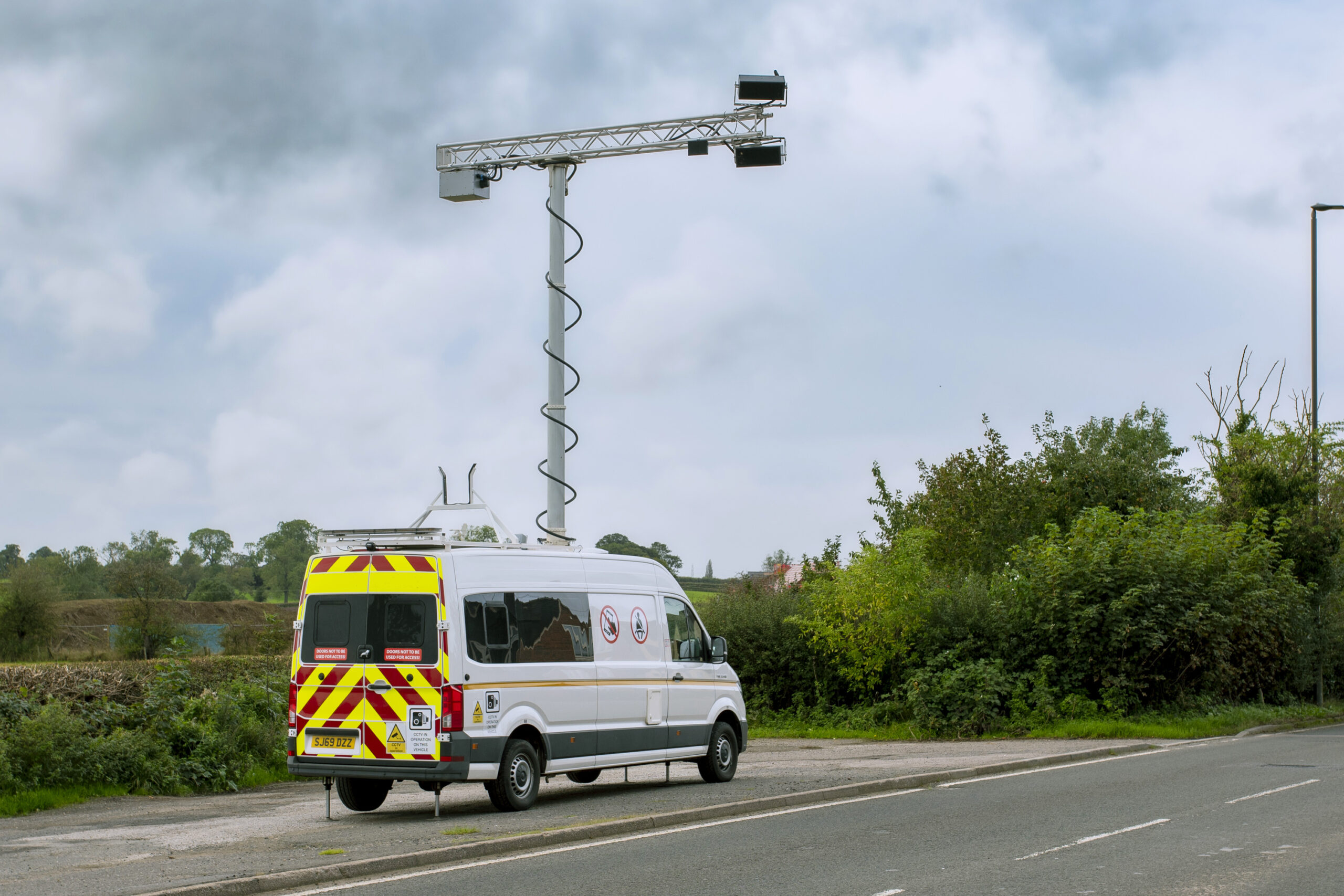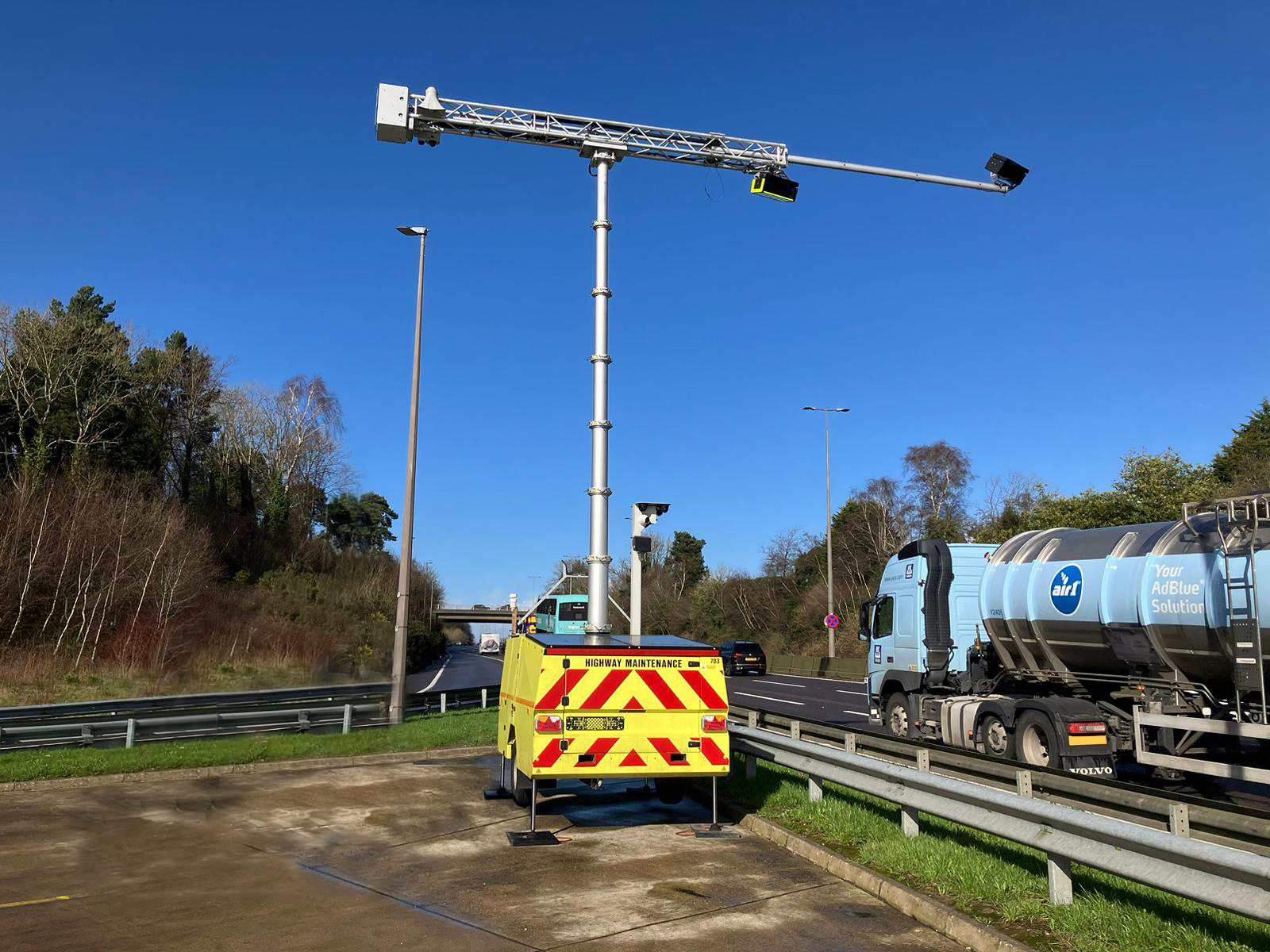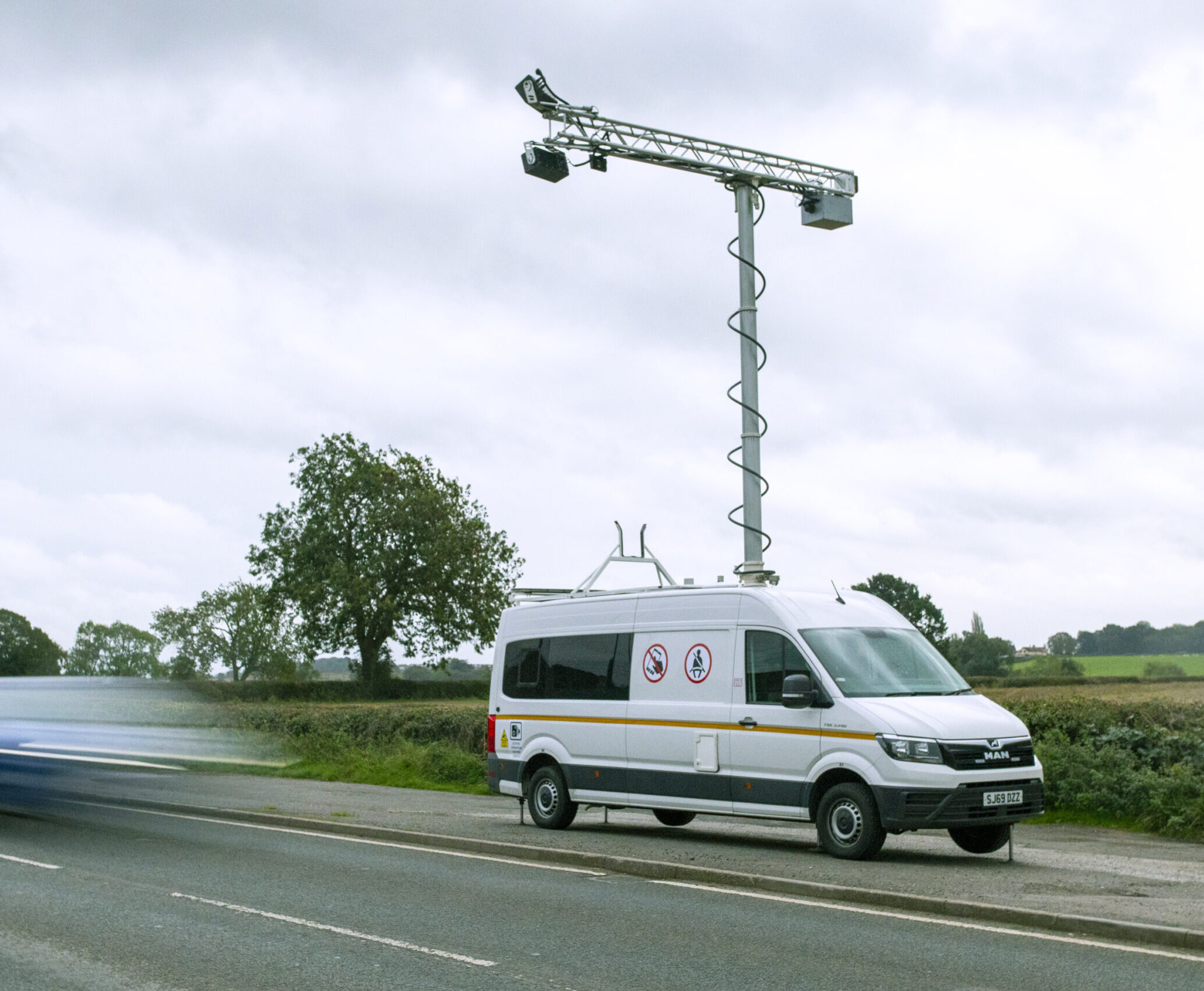Acusensus expanded into the United Kingdom in 2022. Initial trials and evaluation projects have rapidly spread across the region, with long term operational projects now in place. Our world-leading technology is supported by a dedicated local team, helping to change behaviours and save lives across the UK road network.




Acusensus technology was used as a part of the Department for Transport’s (DfT) survey to identify these risky behaviours on UK roads. Understanding the prevalence of dangerous driver behaviours allows for effective interventions to be planned, through long term casualty reduction strategies, such as the use of Heads-Up.
Drivers will hold their mobile phone daily whilst driving (based on DfT survey data).
Journeys take place daily where a seatbelt has not been worn (based on DfT survey data).
Nearly half of all UK police forces have now operated Heads-Up in information gathering trials as well as fully enforced operational programs. These projects have shown that high levels of offending are taking place on our roads, resulting in significant risks to drivers and other road users alike.
![]()
FAQs
Road traffic collisions are the single most common reason for serious injury and death among healthy people, far more so than violent crime. Addressing the causes of road trauma is the most effective way to reduce the impact on road users and society in general.
The purpose of a Road Safety scheme is to reduce the likelihood and severity of injuries and collisions across the road network. Any fine revenues generated are either returned directly to the central government (Treasury) or are ring-fenced to fund the cost of Road Safety initiatives. In no cases will any revenues be used to support other Police or Local Authority initiatives.
The training data used to set the system up is closed, so the AI doesn’t continue to learn based on the images it sees every day. In this way, it will be extremely consistent, providing exactly the same result if shown the same image, some time apart. The training data can be updated using new, representative images, if it is decided that this is required.
When driving on a public highway, a driver and any front seat passengers will be visible to other road users, with regulations around the amount of light that can be blocked by the vehicle’s windows. This vehicle can travel at speed, which represents an immediate hazard to other road users, depending on how it is being driven.
A house is a very different thing.
Road Safety technology such as the Heads-Up solution is used by the police for the detection of illegal behaviours on the highway. The police are not responsible for highway maintenance.
The images and data collected by the system do not leave the UK.
The system has been configured and trained to carry out two tasks only – identifying illegal hand-held mobile use and not wearing a seatbelt.
The camera technology does produce extremely clear images of the driver, which allows the police to determine if they have been committing an offence. No facial recognition software is applied at any stage.
Artificial Intelligence (AI) is used to review all images captured by the system. Having been trained on many thousands of sample images, the software provides a confidence score that a mobile phone or seatbelt incident has been detected. Any flagged incidents are then passed through human review, which determines if an offence has been committed. A second human review by a different person will then further validate this, ensuring that a violation will only be progressed if two human viewers agree that it is correct.
The camera system continually monitors images in real-time, potentially viewing thousands of images per hour. Only the images that are flagged for further review will be seen by a human, and the first review presents only a cropped region of interest, centered around the potential violation. No numberplate is visible and the make and model of the vehicle will not be apparent in this cropped image. The full images are only made accessible to secondary review once the first human reviewer has confirmed that a violation is possible.
When the image is captured, it is time and location stamped with GPS information, showing exactly when and where the picture was taken. A checksum digit is also generated, which can be used to prove that the image remains unaltered.
It is unlikely that not wearing a seatbelt will cause a traffic collision, however, it is very well understood that not wearing a seatbelt has a huge influence on casualty severity when collisions occur. Any serious injury on the highway has a significant impact on congestion, along with the emotional trauma for the emergency services as well as family, friends and colleagues of the injured.
Case Studies
view all newsGeoff Collins explains AI driving enforcement on the BBC
Acusensus General Manager, Geoff Collins, joined BBC radio to discuss how Acusensus technology uses images of UK drivers to deter dangerous seatbelt and phone behaviour.
Acusensus Heads-Up Solution Trial in Greater Manchester
During September and October 2024, the Greater Manchester region trialled Acusensus’ Heads-Up solution. This initiative supports Transport for Greater Manchester’s (TfGM) efforts to understand the scale of distracted driving and seatbelt non-compliance behaviours in the region.
Acusensus in the UK: A Snapshot of Recent Activity
Acusensus is excited to share our growing opportunities and recent media features highlighting our UK operations. Acusensus’ UK operations began its first long-term program in Devon & Cornwall in August 2024, followed by a trial in Greater Manchester this month, an initiative featured on BBC Breakfast on August 30, 2024.